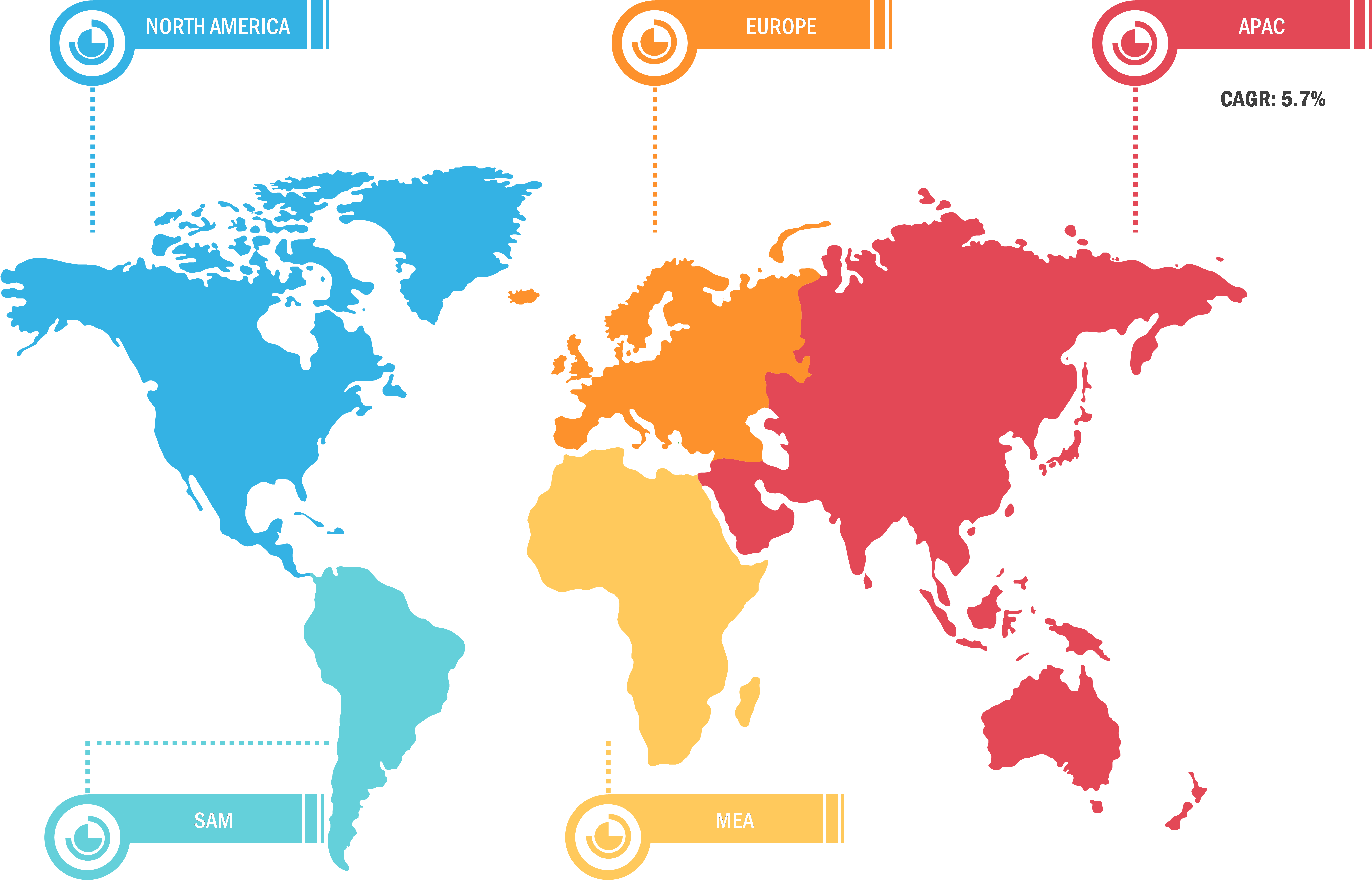Increasing demand from power and energy sector to escalate flue gas desulfurization market growth
According to our latest study on “Flue Gas Desulfurization Market Forecast to 2027 – COVID-19 Impact and Analysis – by Type (Dry FGD and Wet FGD) and Application (Power Generation, Chemical, Iron and Steel, Cement Manufacturing, and Others),” the market was valued at US$ 18,128.01 million in 2019 and is projected to reach US$ 27,655.04 million by 2027; it is expected to grow at a CAGR of 5.6% from 2020 to 2027.The report highlights key factors driving the market growth and prominent players along with their developments in the market.
Flue gas desulfurization is a system that has a set of technologies used to remove sulfur dioxide (SO2) from the flue gases, which are emitted from power plants. The stringent environmental regulations mostly focusing on controlling the excessive SO2 emissions are likely to increase the demand for flue gas desulfurization systems. The demand for flue gas desulfurization is rising across diversified end-use industries. Further, rapid industrialization and strategic initiatives taken by the manufacturers are expected to proliferate the growth of the market. Additionally, technological advancements in the designing of FGD systems are expected to provide ample opportunities for market growth.
Power facilities are the most extensive generators of SO2. When SO2 combines with moisture in clouds, it forms acid rain. Incorporation of flue gas desulfurization systems lessens SO2 emissions by 98%. According to the International Energy Agency, the coal-fired power plants produce about 37% of the globe's electricity, making them the largest single electricity generation source worldwide. However, such plants are bound to release pollutants, especially sulfur, which deteriorates the quality of environment. SO2 is usually formed by combusting fossil fuels and by the smelting of mineral ores that contain sulfur. Acid rain can cause deforestation, corrode building materials and paints, and acidify waterways to harm aquatic life. Therefore, the government has proposed stringent policies to control emissions of particulate matter (PM), SO2, nitrogen oxides, and mercury by coal-based thermal power plants. The new rules are expected to cut SO2 emissions by 90%, PM emissions by 25%, nitrogen oxides by 70%, and mercury by 75% from new thermal plants. The growing focus toward reducing the pollutants arising from power generation sector has significantly driven the demand for setting up flue gas desulphurization systems.
Chiyoda Corporation; Ducon; General Electric; S.A Hamon; Mitsubishi Heavy Industries, Ltd.; Rafako S.A; Valmet; Doosan Lentjes; Babcock and Wilcox Enterprises, Inc.; and Marsulex Environmental Technologies are among the well-established players in the flue gas desulfurization market.
Impact of COVID-19 Pandemic on Flue Gas Desulfurization Market
As of December 2020, the US, Brazil, India, Russia, Spain, and the UK are among the worst-affected countries in terms confirmed COVID-19 cases and reported deaths. The COVID-19 has been affecting economies and industries in various countries due to lockdowns, travel bans, and business shutdowns. Food & beverages is one the world’s major industries suffering serious disruptions such as supply chain breaks, technology events cancellations, and office shutdowns as a result of this outbreak. For instance, China is the global hub of manufacturing and the largest raw material supplier for various industries, and it is also one of the worst-affected countries. The lockdown of various plants and factories in China is affecting the global supply chains and negatively impacting the manufacturing, delivery schedules, and sales of various materials. Various companies have already announced possible delays in product deliveries and slump in future sales of their products. In addition, the global travel bans imposed by countries in Europe, Asia, and North America are affecting the business collaborations and partnerships opportunities. All these factors are anticipated to affect the industries in a negative manner and thus act as restraining factors for the growth of various markets related to this industry in the coming months.
Global Flue Gas Desulfurization Market Breakdown – by Region, 2019 Flue Gas Desulfurization Market Forecast to 2027 - COVID-19 Impact and Global Analysis By Type (Dry FGD and Wet FGD) and Application (Power Generation, Chemical, Iron and Steel, Cement Manufacturing, and Others)
Flue Gas Desulfurization Market by Size, Share & Trend Analysis 2027
Download Free Sample
The report includes the segmentation of the global flue gas desulfurization market as follows:
Global Flue Gas Desulfurization Market, by Type
- Dry FGD
- Wet FGD
Global Flue Gas Desulfurization Market, by Application
- Power Generation
- Chemical
- Iron and Steel
- Cement Manufacturing
- Others
Global Flue Gas Desulfurization Market, by Geography
- North America
- US
- Canada
- Mexico
- Europe
- Germany
- France
- UK
- Italy
- Rest of Europe
- Asia Pacific (APAC)
- Australia
- China
- India
- Japan
- South Korea
- Australia
- Rest of Asia Pacific
- Middle East & Africa (MEA)
- South Africa
- Saudi Arabia
- UAE
- Rest of Middle East & Africa
- South America
- Brazil
- Argentina
- Rest of South America
Contact Us
Phone: +1-646-491-9876
Email Id: sales@theinsightpartners.com